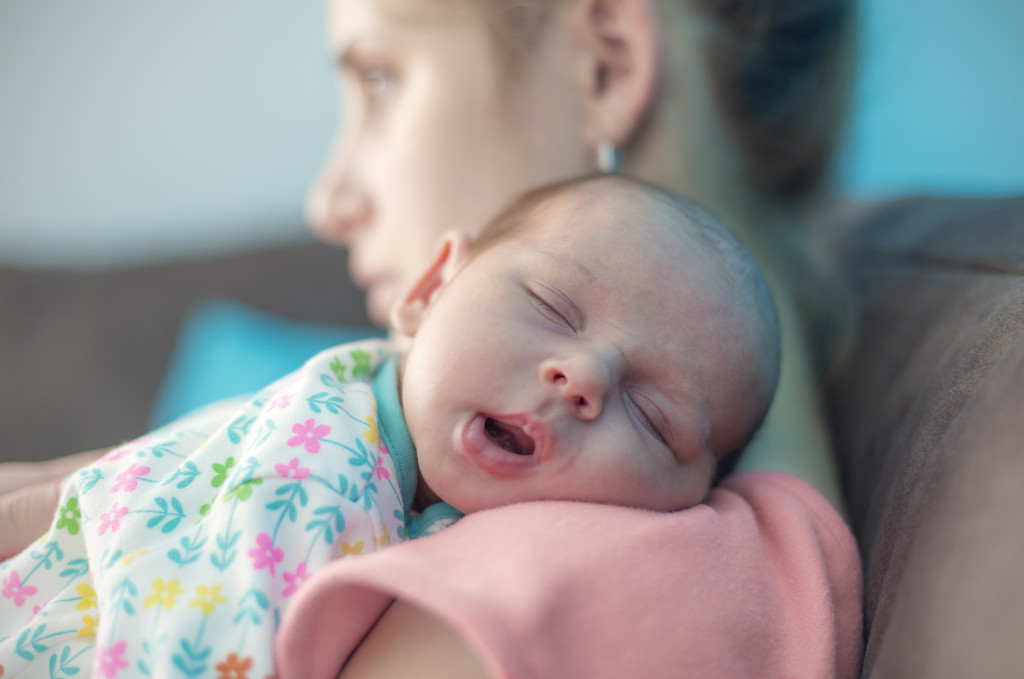To say that a living creature with a head and shoulders wide enough to rip your body apart is bewildering is an understatement. These days, it takes an incredibly fit lifestyle and months of labor warm-up with a pregnancy doula, if you will, to deliver a baby with the least pain and shortest period possible. In other cases, an epidural with a dash of other local anesthetics is almost always a prerequisite just to alleviate the pain that starts as soon as the onset of contractions until the baby is out.
However, the pains don’t stop there. You’ve sucked up all the knowledge you could about postpartum pain, but you’ll never know how they feel until you’re in it. Here are valuable tips to soothe those pains when you’ve crossed the childbirth bridge:
Stitches
Just as you felt like you released all of your insides out, you need to sew your baby outlet back together as if all the hours of heaves, hos, and pushes were not already too exhausting. You head home having to endure the extremely uncomfortable sensation the weaved surgical threads give you underneath. The worst thing is that you will inevitably have to urinate with this healing wound for up to two weeks as most of them dissolve while the remaining you can have removed by your OB.
The pain could vary from mother to mother, as the extent of tearing to the perineum or the area between the vaginal opening and the anus also varies. Regardless, all stitches should be treated with the same level of utmost care so the area can recover from its raw and sensitive state and, as much as possible, can avoid infection. The least you can do is give the area a lukewarm water soak, more commonly called a hot sitz bath, for 15 minutes daily starting a whole day after childbirth to accelerate wound healing.
Lessen the pain you have to endure in the sensitive area by increasing fluid and fibrous food intake so that peeing and defecating can proceed as smoothly as possible. Depending on your doctor’s recommendations, you may regularly take painkillers and laxatives and apply topical creams on the stitched area.
Hemorrhoids
Other complications you could develop as an effect of hours-long labor are hemorrhoids or the engorgement of blood vessels within and outside of the anus. These are caused by the pressure exerted onto the rectum when pushing the baby out. Also, these manifest as lumps on the anus that could bleed or feel itchy, making going number two in the toilet excruciating.
Likewise, a hot sitz bath can help calm and facilitate optimal blood flow in the engorged area. Sometimes, the lumps or piles can get too large that it gets painful even to sit down. For this, your doctor can prescribe you take medications to reduce the inflammation and advice you to avoid carrying heavy objects. To make sitting more comfortable, you can also get a hemorrhoid pillow shaped like a donut to spare your rectum from the sitting-induced friction.
Milk Lumps
Breastfeeding is something you cannot immediately master timing and doing. Initially, you and your baby will struggle to find the best position for him to latch onto your nipple, or he might be defiant with the act overall that you ultimately have to resort to pumping. However, you don’t necessarily know when your breasts are filled to the brim and ready to fill a feeding bottle.
Furthermore, when you frequently miss the golden time of pumping, your milk sacs are more likely to fill with milk that, when not released immediately, will tend to form lumps. Having to squeeze these milk lumps out could be painful, so you want to prevent them from forming by pumping as often as you can. Healthline recommends doing it every so often as at least three hours, with 15 minutes being the length of each pumping session.
Spine
For nine months, your body had to adapt to the growing life form inside you. Your organs get pushed up to your rib cage and the back pushing your spine back, too. Now that you’ve given birth, your body will accordingly adjust to the shrunken void that is your womb.
It is only natural to feel pain, especially in your lower back, for weeks or months postpartum. Wearing a back support brace is proven to be helpful, especially in the earlier phases of your fourth trimester when you cannot engage in too much strenuous activity yet. When you feel more capable, incorporate light exercises into your daily routine to assist your muscles and bones in regaining their pre-pregnancy form.
Final Thoughts

Parenthood is a responsibility you have to gear up for, and you can give your best if you’re in the best shape. Physically recuperating is crucial, so you can dedicate your hundred-percent focus to providing your baby’s needs.

